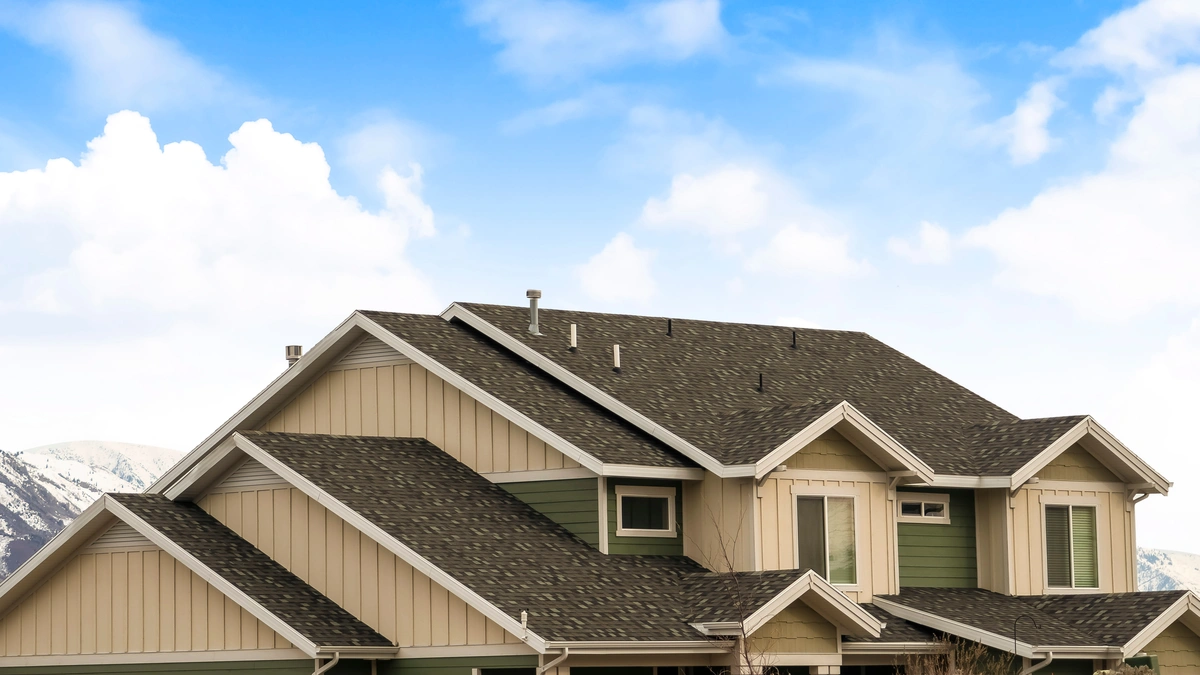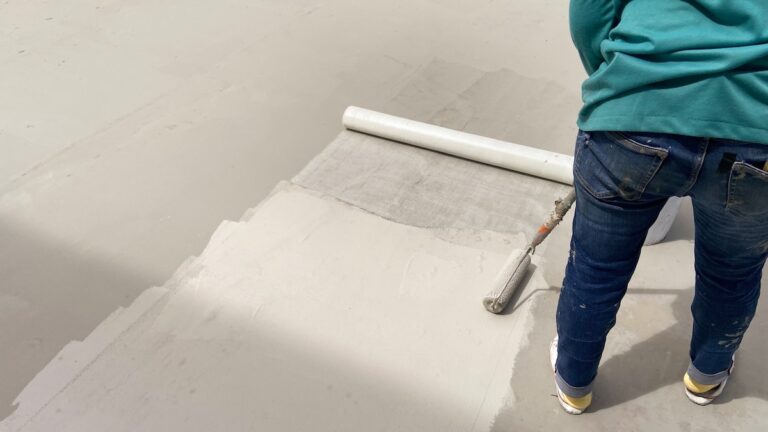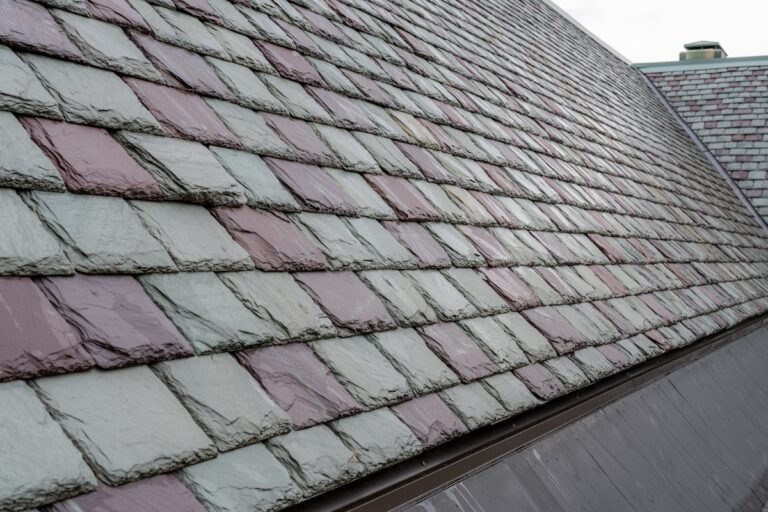Did you know that your roof is more than simply shingles? Although the roof covering is what you may associate with your roof, there are actually many parts that make up the entire roofing system of your home. It’s important to understand these different parts of a roof and how they work together to keep your home safe from the elements.
Having a strong roof is just as important as having a strong foundation. That’s why it’s a good idea as a homeowner to know how your roof functions so that you can better understand when it’s not. Read on to explore more about these different parts of a roof.
What Are Different Parts of a Roof?
Although there are many parts of a roof, chances are good you already know some of them. Shingles, chimneys, and gutters are most commonly known since they are always visible and easily identifiable. The base of your residential roof is a truss. This is a group of several proofing pieces that support your roof.
The more you understand how your roof works, the more confident you’ll be in noticing potential warning signs and addressing issues. In this section, we’ll break down the layers of your roof and how they work to cohesively secure your home. We’ll start from the base support system of your roof and work upwards from there.
1. Plywood Roof Deck
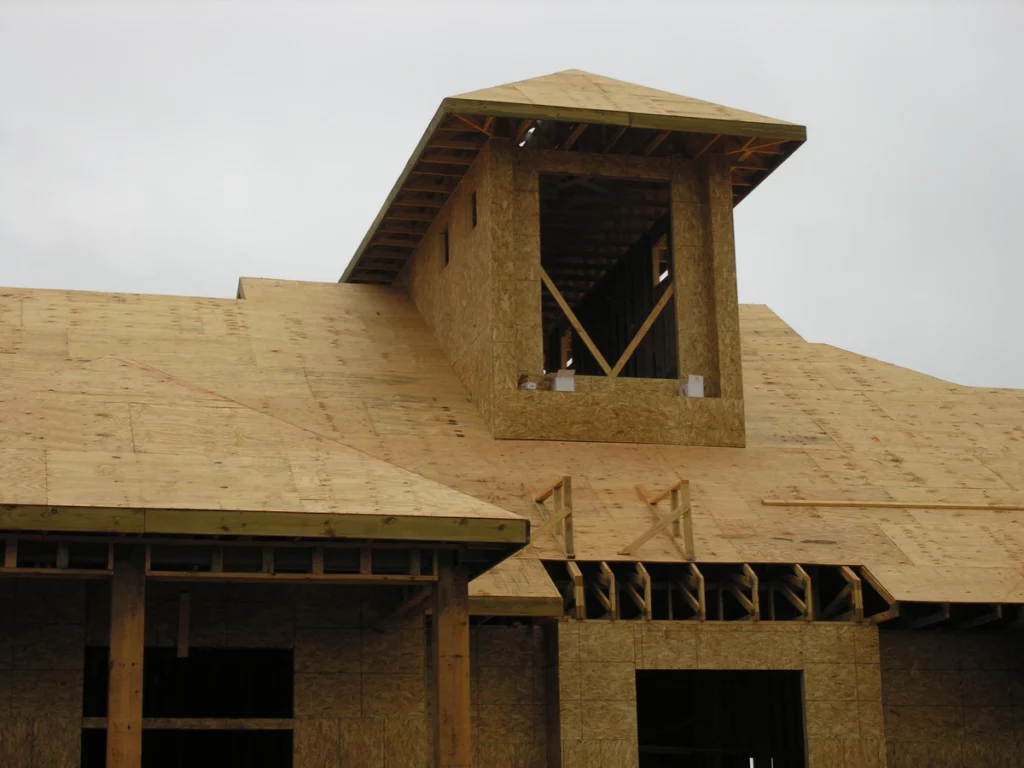
Starting from the base layer of your roof, you’ll find roof decking or roof sheathing. This is the foundation of your roof that helps keep it in place, provides support, and is used as a nail bed for roofing materials. It’s usually a half-inch of plywood installed with waterproofing material to ensure your attic is well-ventilated.
Moisture prevention is essential to avoid swelling and shrinking of your roof decking, which can lead to leaks, water damage, and structural instability. That’s why it’s so important to make sure the roof decking is in good condition.
Depending on your budget and material availability, there are two main types of decking used on roofs:
- Plank decking: This is made up of long and rectangular wooden boards. They come in either 1×6 or 1×8 sizes. It’s not as commonly used today, but you still may see it.
- Sheet decking: This type is also known as sheathing since it lays flat sheets of wood down as the decking. The main material types are plywood and OSB (oriented strand board).
2. Felt or Synthetic Underlayment
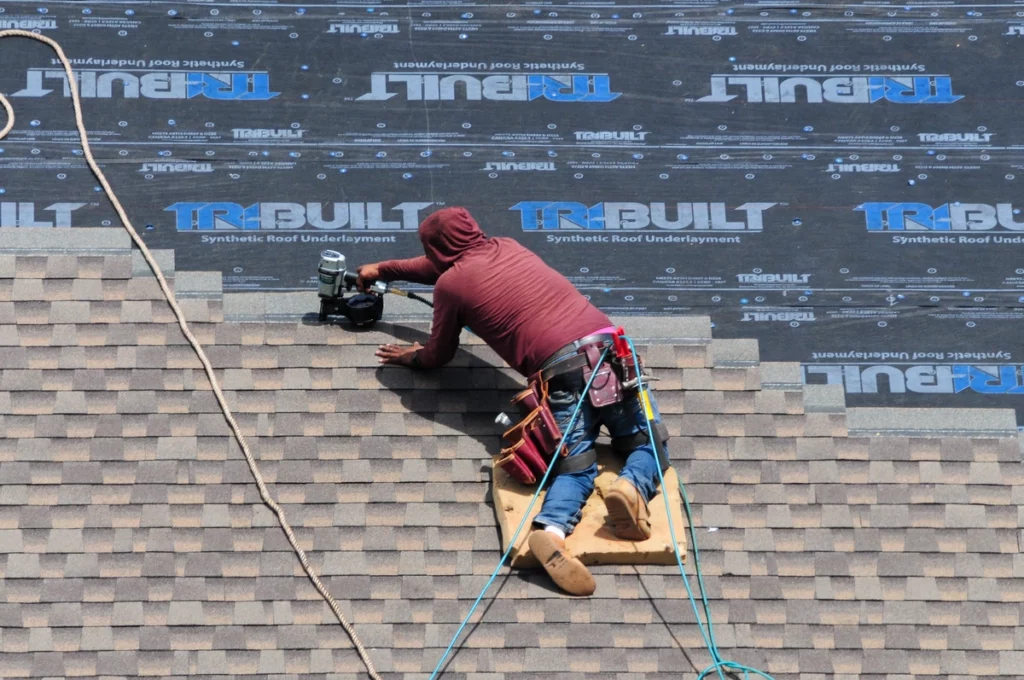
Moving on, we have the ice and water shield for your roof: the felt or synthetic underlayment. The home’s underlayment is the protective blanket that provides cushioning and is directly installed on your roof’s decking. Since it’s waterproof, it creates a moisture barrier to prevent water damage issues.
There are different types of underpayment membranes. Different options include:
- Felt: This is the most traditional type of underlayment. It’s applied directly to the deck and covered with shingles.
- Synthetic: it’s a high-tech alternative that provides waterproofing features like felt. Made from synthetic materials.
- Rafter underlayment: This offers waterproofing for your rafters.
- Valley underlayment: A main benefit of this is offering additional protection from leaks from water pooling.
- Eaves membrane: This is a self-sealing bituminous membrane that protects against ice dam formation on your roof’s edge.
All of these underlayment membranes help to protect your roof decking from rain, snow, and wind.
3. Flashing
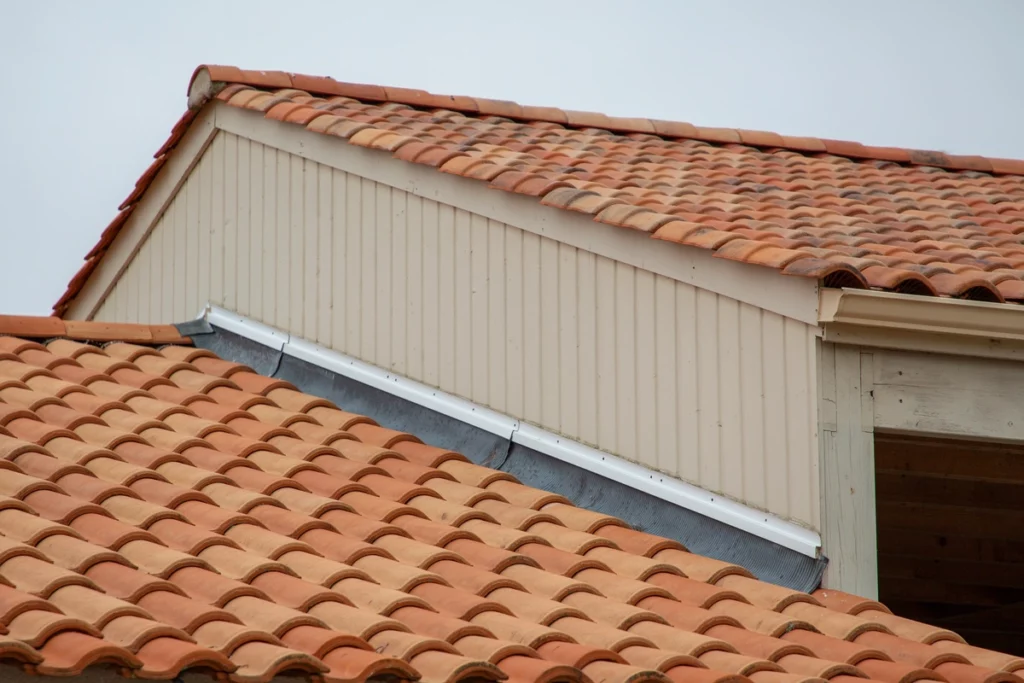
Flashing is similar to underlayment because it helps act as a weather-resistant barrier system. It’s made up of thin strips of waterproof material and is installed around keyt roof features.
There are many material options for flashing, such as galvanized steel, plastic, and aluminum. Flashing can also be placed around skylights, vents, and other seams and joints on your roof. Some main types of flashing include:
- Valley flashing: This is waterproofing material that’s installed in the valley line of your roof.
- Vent pipe flashing: Also known as an external sealant used around vent openings to help seal them from the weather.
- Chimney flashing: This is installed where your chimney meets your roof to prevent moisture problems.
- Skylight flashing: Another key area that needs flashing is the skylight. Install waterproofing material between the glass and frame.
Flashing is a crucial part of your roofing system to keep out the elements. A drip edge is a special metal flashing that’s installed along the eaves of your roof to help move water away from the fascia.
4. Shingles
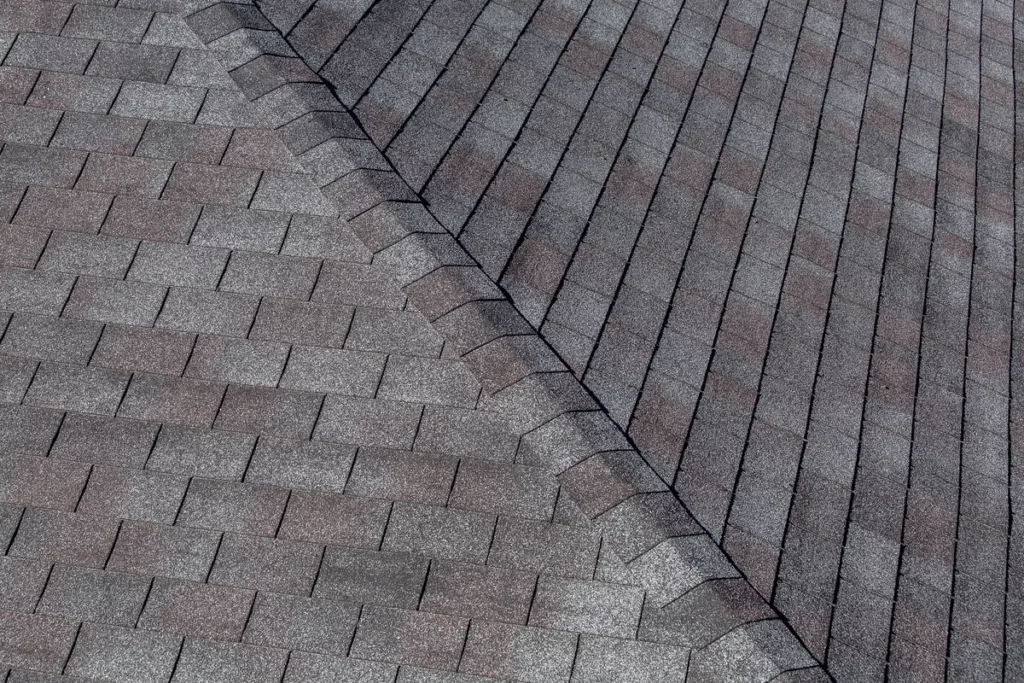
Shingles, tiles, and metal roofing are the next layer. These are what most people associate with your roof because they are visible to all. Your roof’s covering gives your home added durability, protection, and even curb appeal.
Types of roof coverings include:
- Shingles
- Metal Roofing
- Shakes
- Tiles
- Wooden or metal strips
Many factors, such as climate and budget, can influence which type of roof covering you choose.
5. Vents
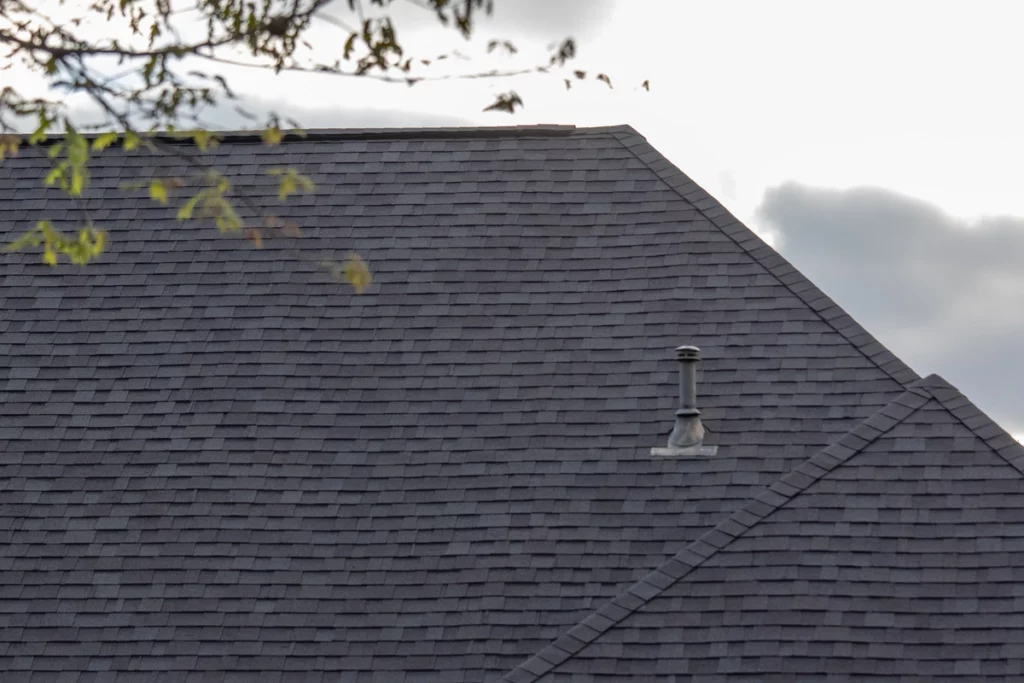
You may not realize this, but your home needs to breathe. Vents in your roof add to your structural integrity and durability. If there is no airflow, your roof could overheat or freeze throughout the year, leaving it susceptible to developing ice dams, mold growth, and other moisture build-up issues.
There are several types of roof vents, including:
- Ridge Vents: If you have a sloped roof, these will be installed at the peak to release humid air.
- Gable Vents: These are installed at either end of your roof’s gables to encourage passive air ventilation. Gables are flat ends, usually found in colder climates.
- Soffit Vents: When installed underneath the eaves of your home, they work well with other vents to bring in fresh air throughout your attic.
- Plumbing Vents: These vents provide ventilation to your home’s plumbing. They’ll need specific flashing.
Roof ventilation allows for greater airflow throughout your attic space, which prevents overheating and moisture build-up. This helps prevent major damage or significant health risks.
Don’t Forget These Additional Roof Design Elements!
While there are several main parts of a roof, there are also other key features that provide durability, water protection, and more.
Rafters
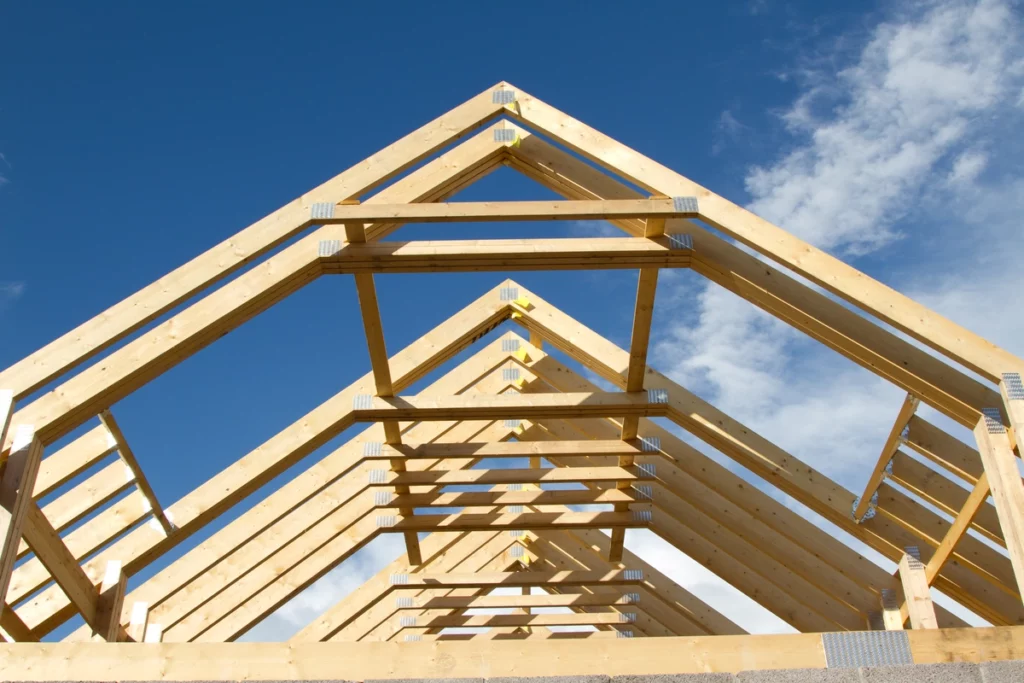
Rafters provide essential support to your roof’s decking. They run from one end of your roof to the other. While they are typically made from wood, commercial building often use metal for greater tensile strength. They can be left exposed.
Chimney
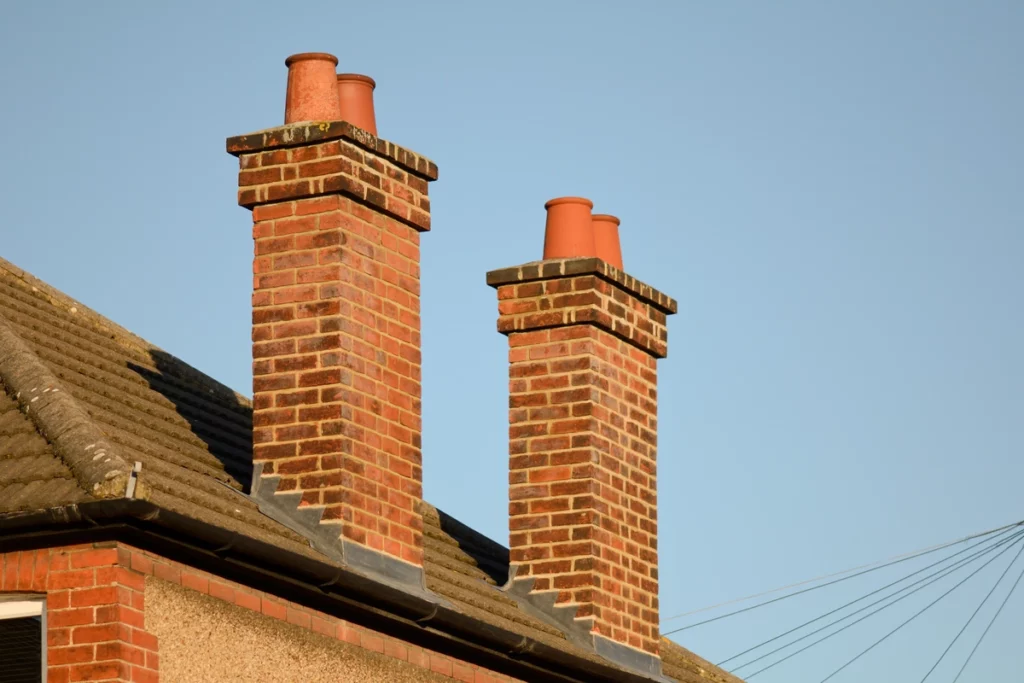
If you have a fireplace, boiler, or stove in your home, then your chimney plays a key role in your roof’s home. It helps carry harmful smoke away vertically as an additional ventilation system. While chimney flashing helps keeps out water, it’s important to keep an eye out for any cracks or chips after harsh weather.
Valley
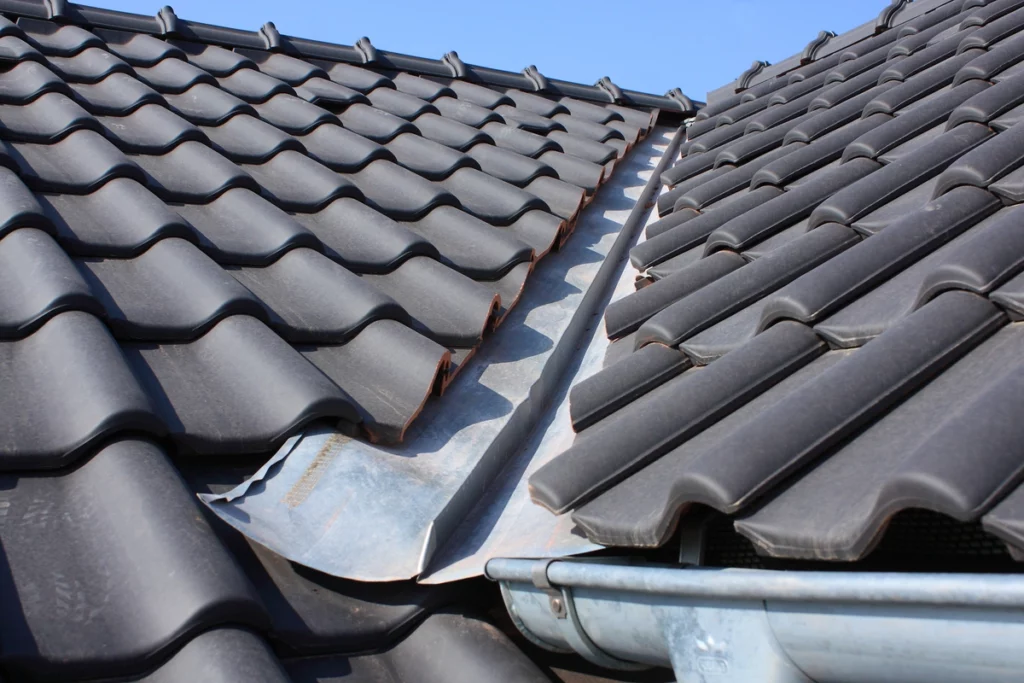
As mentioned above, roof valleys form where two roof slopes meet. Water collects here and is diverted off the roof. Since this is a heavy water collection area, it needs special flashing and consideration to lock out moisture from your roof.
Eaves

Eaves are simply the roof edges that run horizontally. Since they are the lowest parts of a roof, they are also the weakest points. Water needs to flow off of these into gutter systems. Be mindful that they are prone to metal corrosion and shingle deterioration, so this is an area to check regularly.
Gutters and Downspouts

Your home’s gutter system serves an important role: keep water flowing away from the home and foundation. They can either have seams or be completely seamless. Types of gutter materials include:
- Vinyl
- Wood
- Zinc
- Aluminum
- Galvanized Steel
Make sure to keep an eye out for cracks, dips, blockages, and other issues that could lead to water damage along your roof.
Strong Roofs, Built to Last
All of these parts of a roof work to provide a strong lid to your home. Having a strong roof is key to keeping your family and your home safe and comfortable. If there are any leaks, chips, or other misalignments, it can lead to long-term damage–like mold, high energy bills, and structural instability.
That’s why it’s best to consult a skilled roofing contractor to plan regular inspections. They can help check for any leaks, offer repairs, and help answer all your questions. At Johnson Restoration, our team of roofing contractors is ready to help! We’re a family-owned and operated company that strives to provide exceptional service to our community.
We understand how important it is to repair your roof, which is why we offer ultra-fast turnaround times, financing options, and free estimates on roofing projects. Contact our team today to get started.
